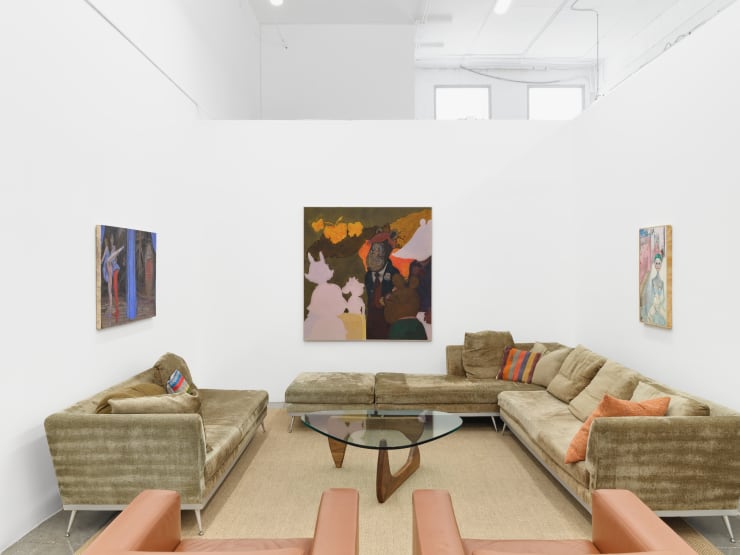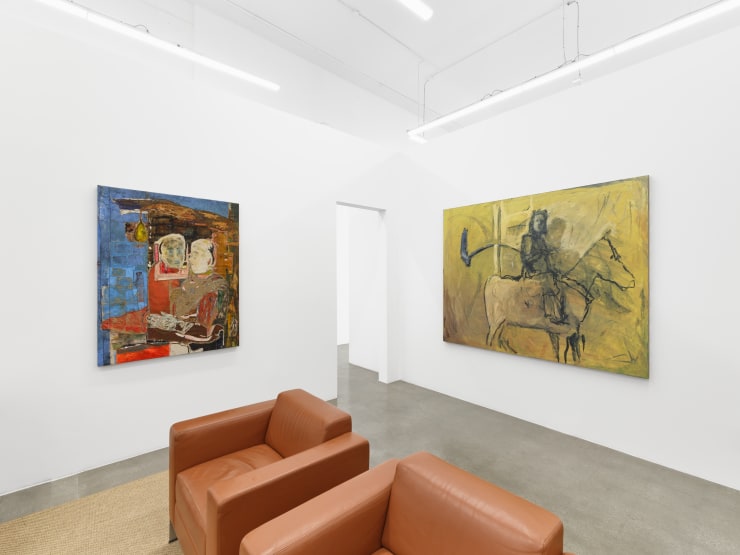The American Baroque
Works by: Dustin Hodges, G.V. Rodriguez, Kira Scerbin, Louis Eisner, Michelle Uckotter, and Tristan Unrau.
The baroque is an art that—perhaps more than any other—depicts the philosophical dictum that wherever there is light, close behind follows the shadows. It is splendor under the clouds of decadence. It is an autumnal grandeur: an extravagance that belies the fact of death more than the dreams of youth. In his landmark four-volume study of artistic production, “The Social History of Art,” German art historian Arnold Hauser wrote “the Baroque … embraces so many ramifications of artistic endeavor … that it seems doubtful at first sight whether it is possible to reduce them all to a common denominator.” Something similar could be said about Contemporary Art as a historical epoch and American art as a regional tradition. Both possess a style of stylelessness. The American cultural identity is at root a mosaic of various distinct identities. So too with the baroque. Nonetheless Baroque art, like Contemporary Art, remains essentially distinguishable from other aesthetic paradigms. The Baroque came at a time of great social struggle; the Catholic Church was striving to reconsolidate political power on the continent of Europe following the catastrophic rupture of Protestantism. The art of the time has the air of deep contradictions. Here one finds a portrait set against a humble and simplified background in muted tones. Elsewhere the epic drama of the classical world is revived to shock and awe the audience. But all around there is the impression of sublime decadence. The pomp of the Church is embarrassing and yet is deployed to command moral obedience.
In our own time, and in our own country, many resonances might be drawn out from this comparison. We too are reeling from a catastrophe of the social spirit. Already in this century the American psyche has suffered the catastrophes of 9/11, two humiliating military defeats, financial collapse, political meltdown, and finally the COVID-19 pandemic. And yet the American spirit seeks—much as the Catholic Church did in the era of the Baroque—to pick up the pieces of its identity and reaffirm its influence on the world stage. This broader social struggle for meaning will be expressed in the aesthetic exponents of our culture. The true consequences of these events for art will only be known by posterity. But the eccentricity of style and the ironical, ecclesiastical, or almost portentous tone strike a familiar tone for any American. Not only does each artist today seem to avoid adhering to a style shared with other artists, one might find a number of styles within the works of a single artist. This deeply postmodern attitude against a shared project echoes the fragmentary and multiform identity of the old European Baroque as does the overall atmosphere of intoxicating decadence.
The word baroque is derived from a French word referring to an irregularly shaped pearl. What better way to express the continuity of discontinuity, the style of stylelessness, the ennui of exuberance, than this? We live in a baroque America. And this art is American Baroque.
-Grant Edward Tyler














